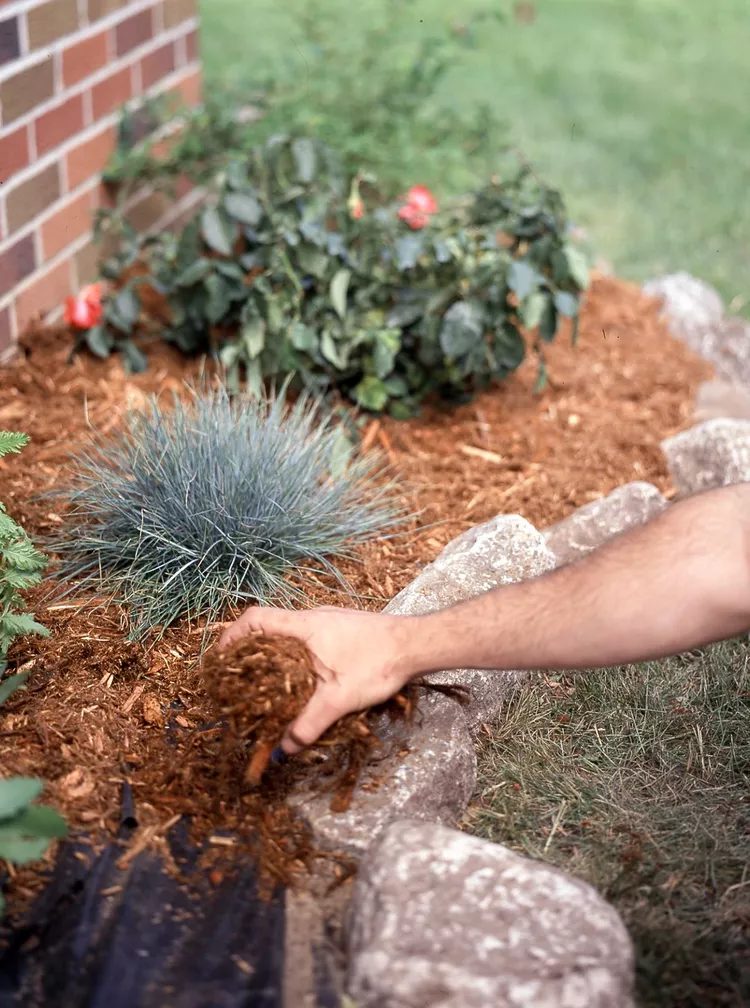Organic vegetables are not only healthy and delicious but also free from synthetic chemicals and pesticides. If the cost of buying organic produce is prohibitive, consider starting your own organic vegetable garden—even if you have just one square foot of space to spare. Whether you’re a seasoned gardener or a novice, these tips will help you get started and maintain a thriving organic garden.
- Choose a Sunny Location
Select a spot for your garden that receives full sun, ideally six to eight hours a day. More sunlight (eight to ten hours) is even better for most vegetables. Ensure there’s easy access to a water source with a spigot and hose that can reach all corners of your garden. - Start with Healthy Soil and Mulch
Healthy soil is crucial for an organic vegetable garden. Organic matter, such as compost, manure, or peat moss, is essential as it provides nutrients and improves soil structure. Compost, which contains decomposed plant matter and beneficial microorganisms, is highly recommended. You can create your own compost pile or purchase it from garden centers in bags or bulk. Spread a 1- to 2-inch layer of organic mulch—like cocoa hulls, weed-free straw, or newspaper—over the soil to suppress weeds and retain moisture. - Use Organic Fertilizers
Organic fertilizers, such as well-rotted manure from herbivores (rabbits, horses, chickens) or packaged organic fertilizers available online or at garden centers, help promote healthy plant growth and higher yields. If your soil is already rich in nutrients, you may not need additional fertilizer initially, as too much can encourage soft, lush growth susceptible to pests.
By following these organic gardening basics—choosing the right location, starting with healthy soil and mulch, and using organic fertilizers—you can create a productive and sustainable organic vegetable garden. Whether you’re growing greens, root vegetables, or tomatoes, your home-grown produce will be fresher, tastier, and more rewarding.
